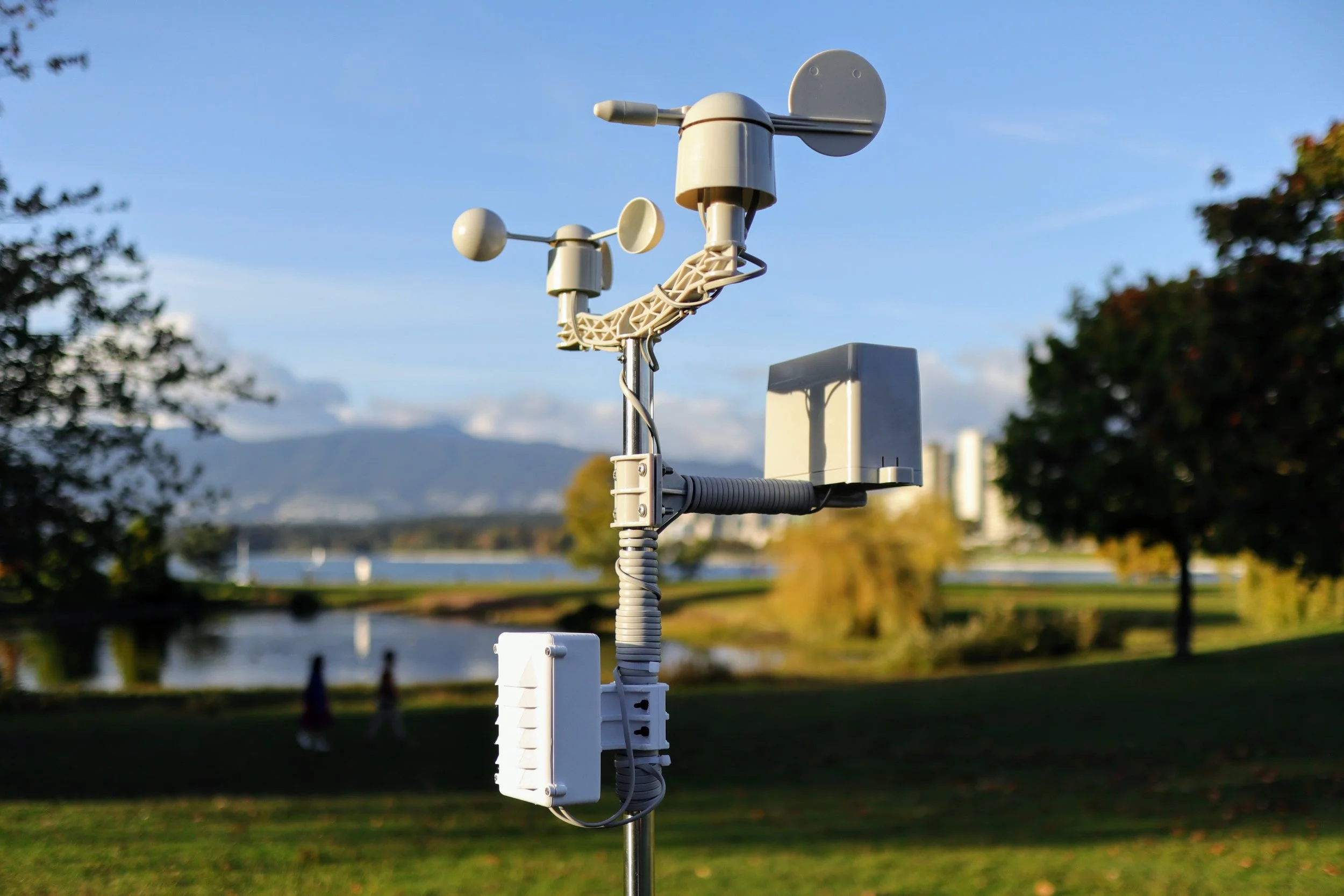Scaling Smart: Strategies for Developing and Expanding IoT Solutions
The Internet of Things (IoT) has transformed the way we interact with the world, connecting devices to enhance efficiency, gather data, and make informed decisions. Developing a robust IoT system involves careful consideration of key factors such as flexibility, scalability, and cost, all of which underpin the success of any IoT business. An efficient IoT architecture which is easy to manage and can scale automatically to cope with your business growth is crucial for allowing you to focus efforts on the end user experience.
At ZT Prototypes, we’ve successfully developed entire IoT solutions for various client applications - from wildfire monitoring in North America, to automated irrigation systems in Africa and Europe. These custom client solutions were all built using the same building blocks and brough our clients value by allowing them to quickly prove out concepts and develop their business model around the custom technology we provided. The flexibility of our solutions continues to facilitate further R&D endeavours for our clients by allowing them to easily integrate new hardware into the existing architecture and offering an easy way to update how data is processed and stored in the cloud.
Scalability is a crucial factor in the success of an IoT system, especially as the number of connected devices continues to rise. A scalable system can accommodate growth seamlessly without compromising performance. When designing your IoT architecture, plan for scalability from the outset. One approach to scalability is adopting a microservices architecture. Breaking down your system into smaller, independent services allows for easier scaling of individual components as demand increases. This modular approach not only enhances scalability but also simplifies maintenance and updates. Leveraging cloud services also allows you to scale your infrastructure dynamically based on demand. Cloud providers offer a range of services, from storage and computing power to machine learning, enabling you to expand your IoT system without the need for significant upfront investments in hardware.
In a rapidly evolving technological landscape, the ability to adapt to changing requirements and emerging technologies is also paramount. When designing your IoT architecture, opting for modular and interoperable components that can seamlessly integrate with various devices and protocols can improve the flexibility of the network. Adopting open standards and using open-source protocols is another way to achieve this and allows for easier integration with a diverse range of devices. This approach not only future-proofs your system but also fosters collaboration and innovation within the IoT ecosystem.
Flexibility can also be achieved by developing custom software for managing user accounts, device provisioning and data flows. This is the approach we’ve taken at ZT Prototypes, where we developed an entirely custom blueprint for software which gives our clients complete control over every aspect of their network, from registering devices to data processing and storage.
While flexibility and scalability are essential, cost efficiency remains a critical consideration in IoT system development, especially as the number of devices in a network grows. Implementing the right design techniques can help achieve a robust IoT network without having to compromise on cost.
The two main costs associated with developing an IoT network are the cost of the hardware devices and the cost of maintaining the backend. The unit cost of the hardware devices will vary dramatically depending on the complexity of the devices, such as the number of parameters the sensors are measuring, the communication protocols they use and the desired battery life. The hardware cost will also depend on the network topology. For example, developing a mesh network where every node can communicate with one another can be costly due to the complexity involved. However, developing a star topology network where the sensors only communicate with gateways and have minimal functionality will bring the cost down significantly.
The cost of maintaining the backend may not be obvious at first and so it’s best the research the various elements and their associated costs before being caught out. The cost is generally a trade off with development effort. Using existing third-party backend systems require minimal effort to set up but can be costly. Opting for a more custom solution will require a lot more effort to develop but will reduce costs significantly. For example, a private server running custom software can cost as little as a few dollars a month, providing the perfect environment to develop and test your system without having to commit to expensive third party IoT backends. At ZT Prototypes, we’ve successfully deployed various backend software packages on private servers for our clients to grow their IoT network.
In conclusion, developing a successful IoT system requires a strategic approach that balances flexibility, scalability, and cost efficiency. Embrace flexibility through custom solutions, plan for scalability with a microservices architecture, and optimise costs through topology planning. By carefully navigating these key considerations, you can build an IoT system that not only meets your current needs but also scales efficiently with your business.
Get in touch today to find out how ZT Prototypes can help with your IoT needs.


